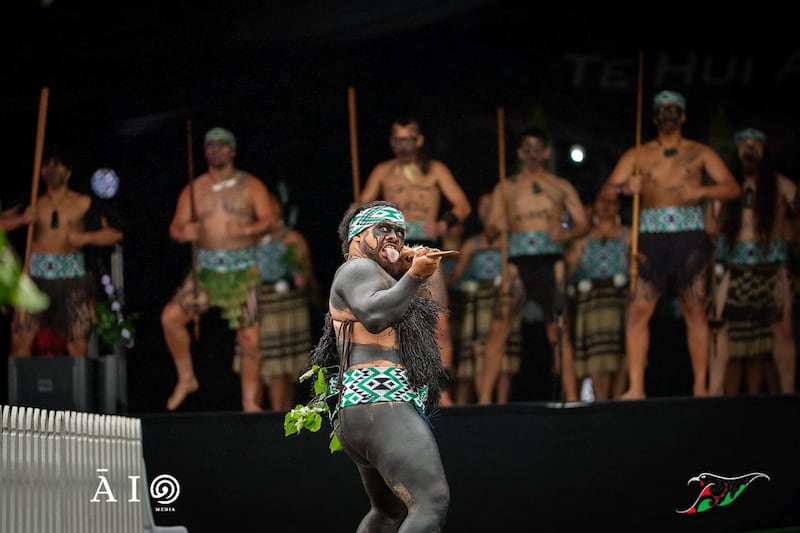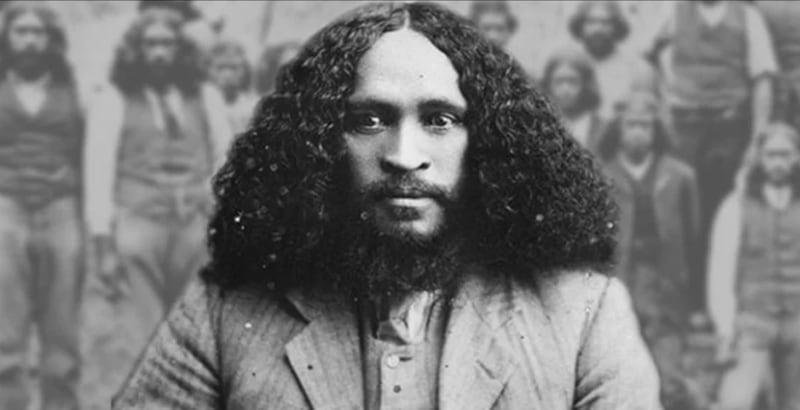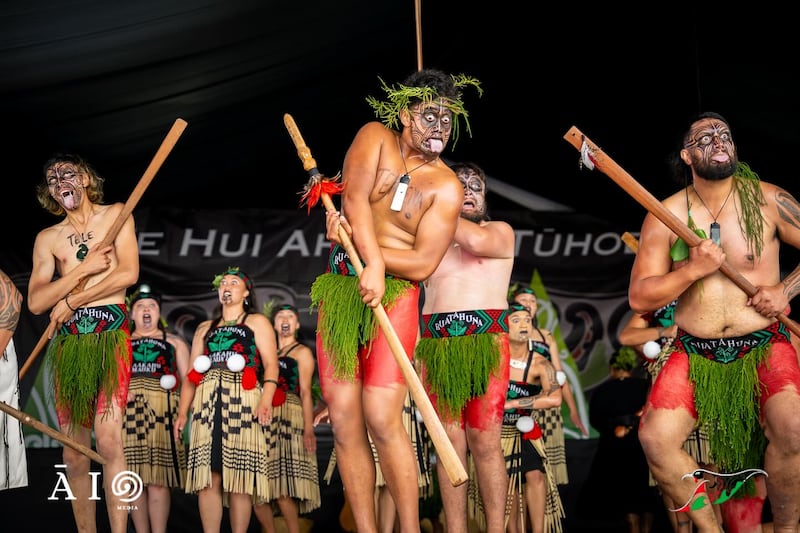Easter weekend saw the heart of Tūhoe beat proudly once again in Waimana.
Despite the wind and rain, Te Hui Ahurei a Tūhoe was a raging success with Ngāti Haka Patuheuheu taking top honors in the 54th anniversary since its inception.
Te Hui Ahurei a Tūhoe, the longest-running iwi festival in Aotearoa, draws together generations of whānau and has become the tribe’s cornerstone event.

He whītau raranga tangata: A festival that lives in the people
“Ko te kura nui, ko te kura roa, he kura tangata”
The beauty of Te Hui Ahurei a Tūhoe lies in its layers. On one level, it’s kapa haka, sports, kai, and art stalls.
But underneath that, it’s a blueprint for cultural sovereignty - he kura tangata, a living school of thought, language, and identity.
The Ahurei offers a unique space for Tūhoe to challenge, shape, and renew what it means to be Tūhoe in each generation.
Each item, each voice, each cheer carries something older than all of us. This year, like every year, Tūhoe rose - not just to perform, but to remind themselves and Aotearoa of who they are.

This year’s festival theme, Te Manawa Rā i Ora, was based on Moe Hurihuri, a mōteatea composed by Rua Kenana while he was in Mt Eden Prison. Now a required item for all kapa haka groups at the Ahurei, the chant is updated each year and serves as a reminder of Tūhoe’s political and cultural history.
The kaupapa was revived by young people from Te Tira Hōu and Te Ika, and today their mokopuna carry it forward — whether through performance, sport, or helping behind the scenes. Every role counts.
History of the Ahurei rooted in resilience
The history of Te Hui Ahurei o Tūhoe is one of resilience and adaptation. Since its early years in the 1970s, the festival has faced a range of challenges — from disputes over judging and alcohol policies to public health concerns and logistical hurdles.

One year, a typhoid scare forced a cancellation; another, fuel shortages left vehicles grounded. On more than one occasion, the entire event was relocated with just days to prepare.
Key to its foundation was Tūhoe leader John Te Rangianiwaniwa Rangihau, whose focus on tikanga, te reo Māori, and fairness in competition helped shape the event’s ongoing kaupapa.
A festival for the future
The official Ahurei logo, designed by Maaka Te Moana, features symbols central to Tūhoe identity, including the huia feather, Maungapōhatu, and waterways that anchor the tribe’s pepeha.
Today, the Ahurei continues to evolve. It remains a space for preserving tradition while supporting new expression.

Recent years have seen the introduction of haka like Te Hokokura, the revival of traditional waiata, and greater involvement of rangatahi in leadership roles.
This year’s kapa haka included groups such as Ōhinemataroa ki Ruatāhuna and Ngā Pōtiki o Uta. Tūhoe ki Pōneke — a founding rōpū — were again absent, marking their third year in a row.
Still, their influence is seen in the choreography, the wero, and the stories passed on through each performance.


